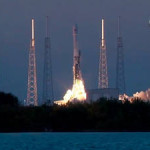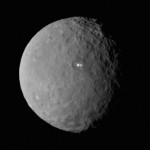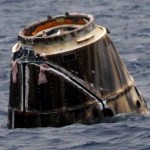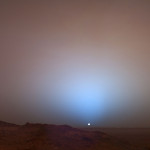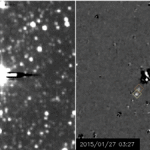Supermassive Black Hole Wind Theory Proven by NASA and ESA
NASA’s Nuclear Spectroscopic Telescope Array (NuSTAR) and ESA’s (European Space Agency) XMM-Newton telescope are showing that fierce winds from a supermassive black hole blow outward in all directions — a phenomenon that had been suspected, but difficult to prove until now.
This discovery has given astronomers their first opportunity to measure the strength of these ultra-fast winds and prove they are powerful enough to inhibit the host galaxy’s ability to make new stars.(See Video Below)
“We know black holes in the centers of galaxies can feed on matter, and this process can produce winds. This is thought to regulate the growth of the galaxies,” said Fiona Harrison of the California Institute of Technology (Caltech) in Pasadena, California. Harrison is the principal investigator of NuSTAR and a co-author on a new paper about these results appearing in the journal Science. “Knowing the speed, shape and size of the winds, we can now figure out how powerful they are.”
Supermassive black holes blast matter into their host galaxies, with X-ray-emitting winds traveling at up to one-third the speed of light. In the new study, astronomers determined PDS 456, an extremely bright black hole known as a quasar more than 2 billion light-years away, sustains winds that carry more energy every second than is emitted by more than a trillion suns.
“Now we know quasar winds significantly contribute to mass loss in a galaxy, driving out its supply of gas, which is fuel for star formation,” said the study’s lead author Emanuele Nardini of Keele University in England.

